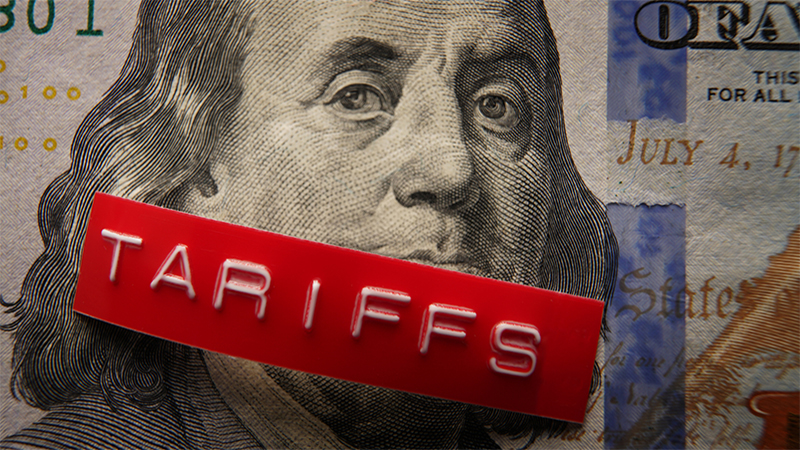Over the long term Fidelity UK Special Situations remains one of the UK’s most successful funds.
From 1980 to the end of 2006 manager Anthony Bolton achieved annualised performance of 14.06%. Cumulatively from 1990 to end of 2006 the fund has returns of 997.5% compared to the UK All Companies average of 355.4%.
From the time of the fund’s division the UK portion has maintained its history of outperformance. From 1 January, 2007, to 1 July, 2011, Sanjeev Shah has produced returns of 3.59%pa compared to the UK All Companies average of 1.94%pa. Cumulatively over the same period it has gained 17.17% versus 9.02%, bid-to-bid.
However, the creation of the second fund, Global Special Situations, has been far less successful.
From the start of 2007 the global portfolio, run by Jorma Korhonen, has achieved gains of 1.07%pa versus the global sector average of 3.85% while cumulatively the fund has returned 4.89% versus 18.51%.
In addition, at the time of the fund’s divide each portfolio had £3bn in assets whereas today the global portion is down to £1.78bn while the UK side has £2.95bn.
In 2006 Fidelity’s decision to halve the fund was seen as driven by two key reasons: Bolton’s imminent retirement from the portfolio and its size, with £6bn in assets. At the time that was considered unusually large by retail fund standards.
Today there are several portfolios larger than £6bn. For example, M&G Recovery has just surpassed the £7bn mark while Neil Woodford’s Invesco Perpetual High Income fund has more than £11bn and his Income fund is almost £9bn in size.
It is perhaps no surprise then that since Fidelity’s move to divide Special Situations in two, no group has attempted to repeat the unpopular move.









